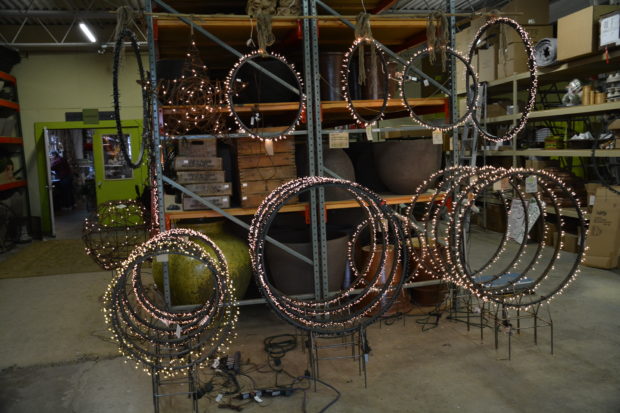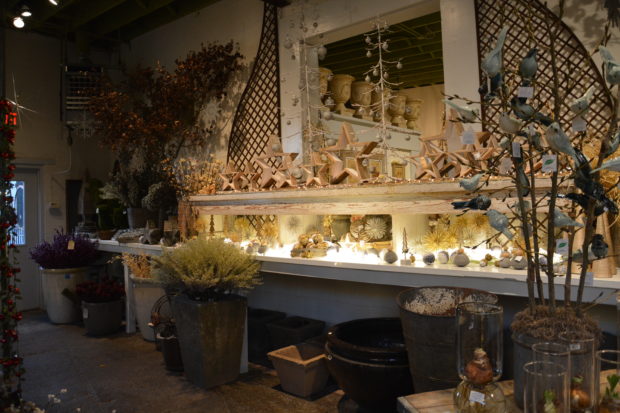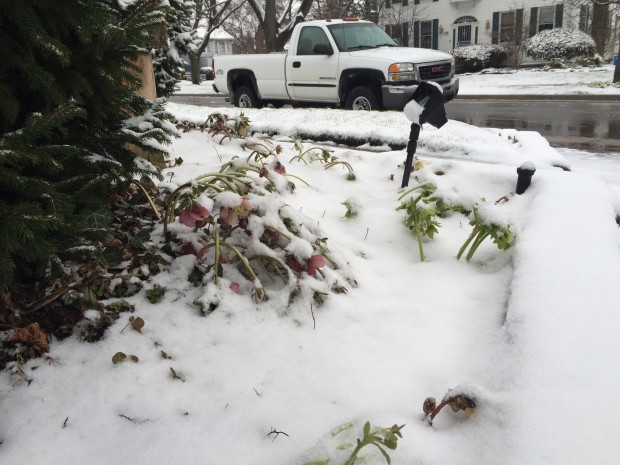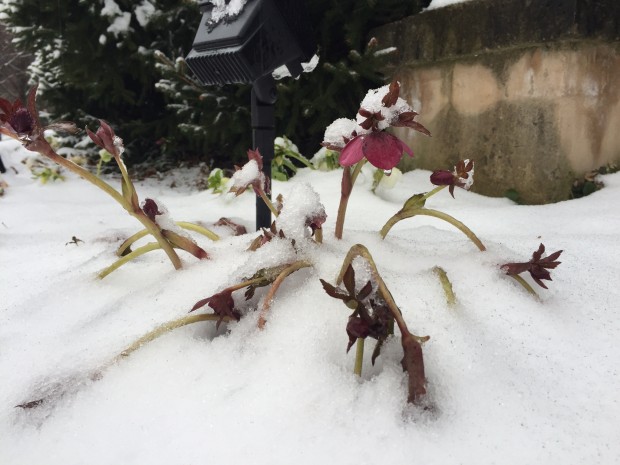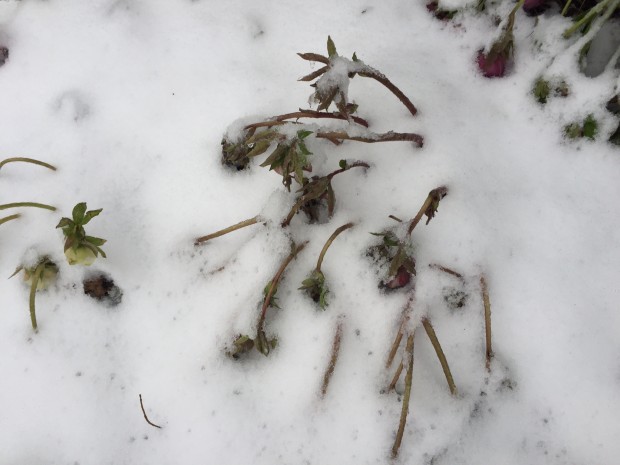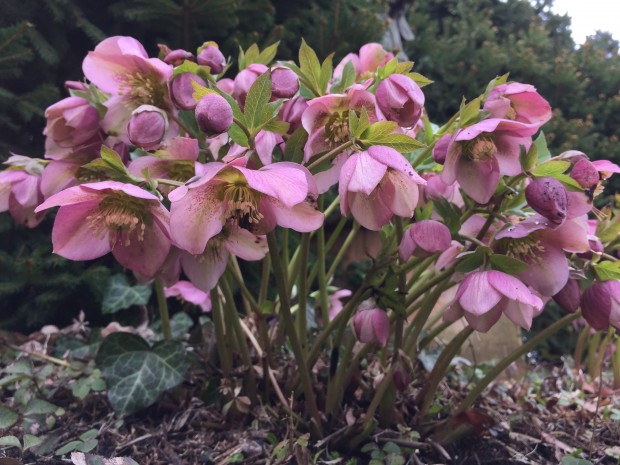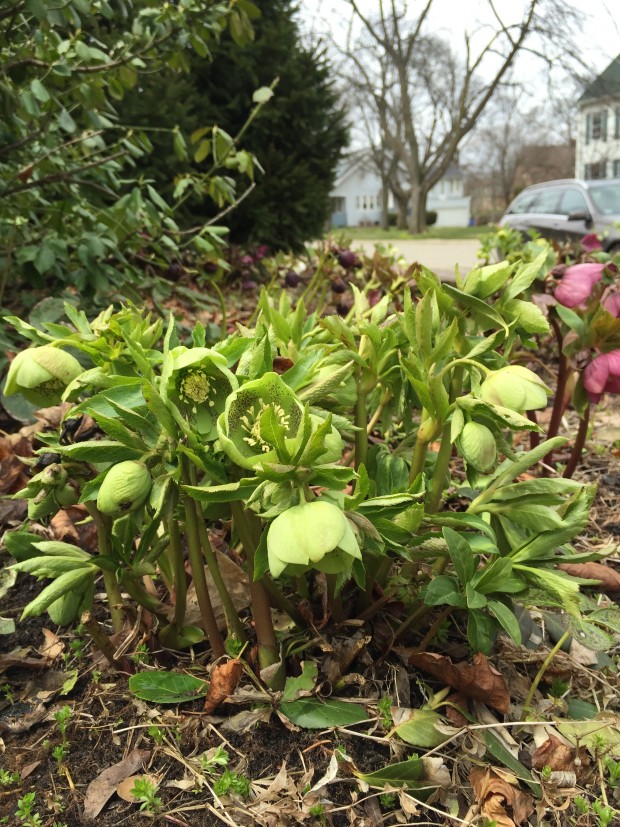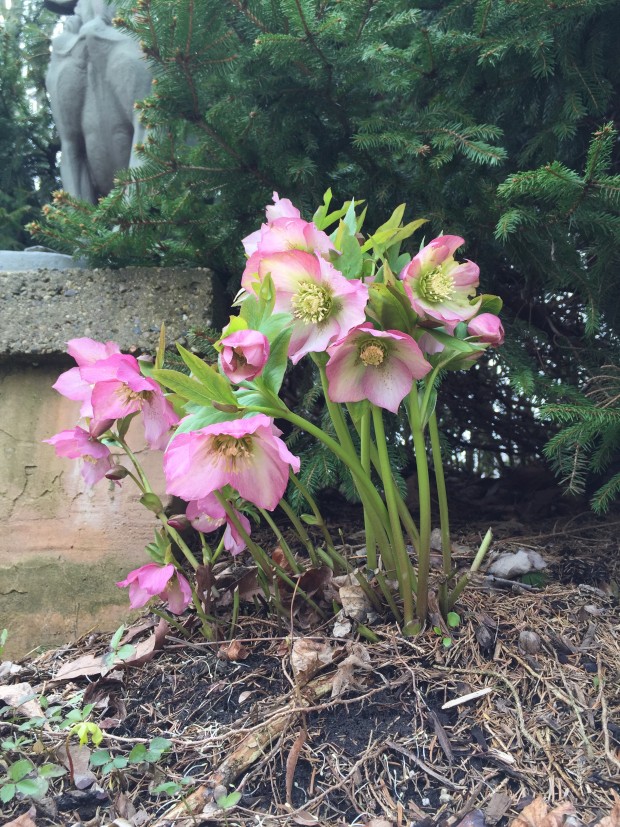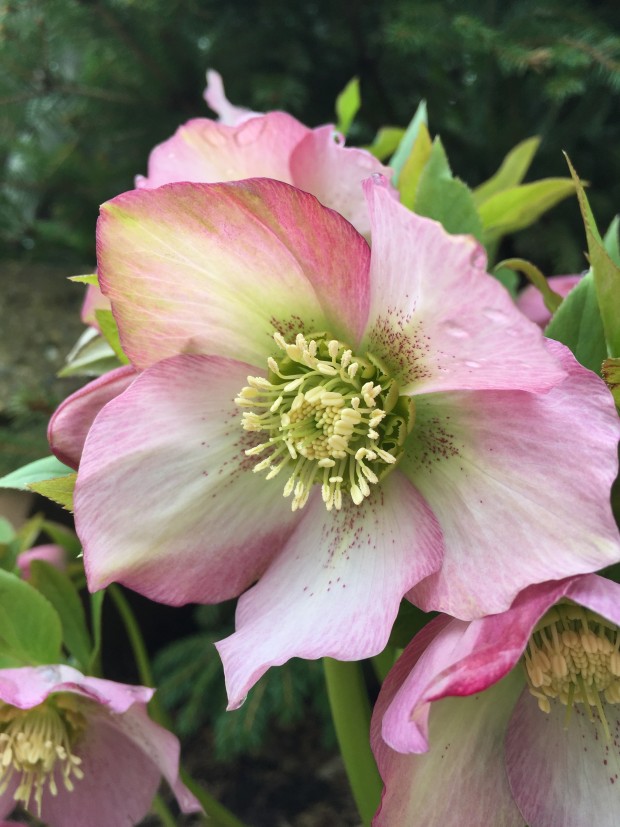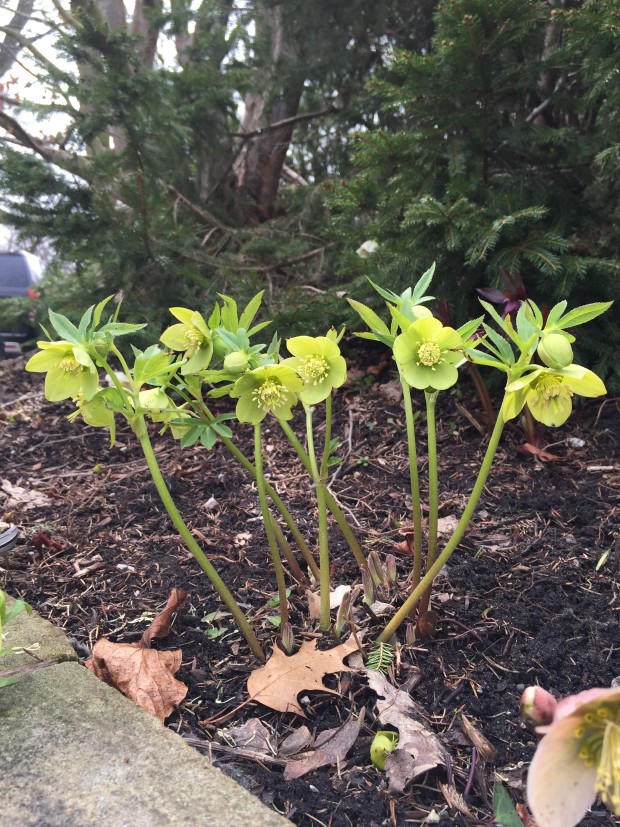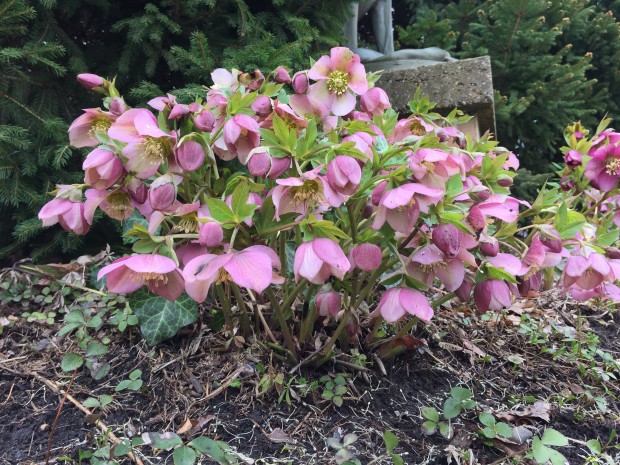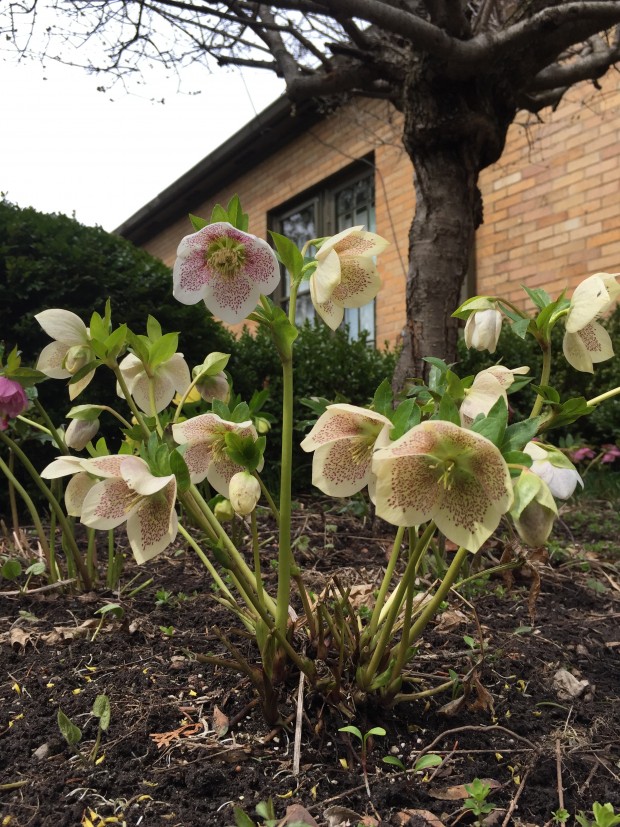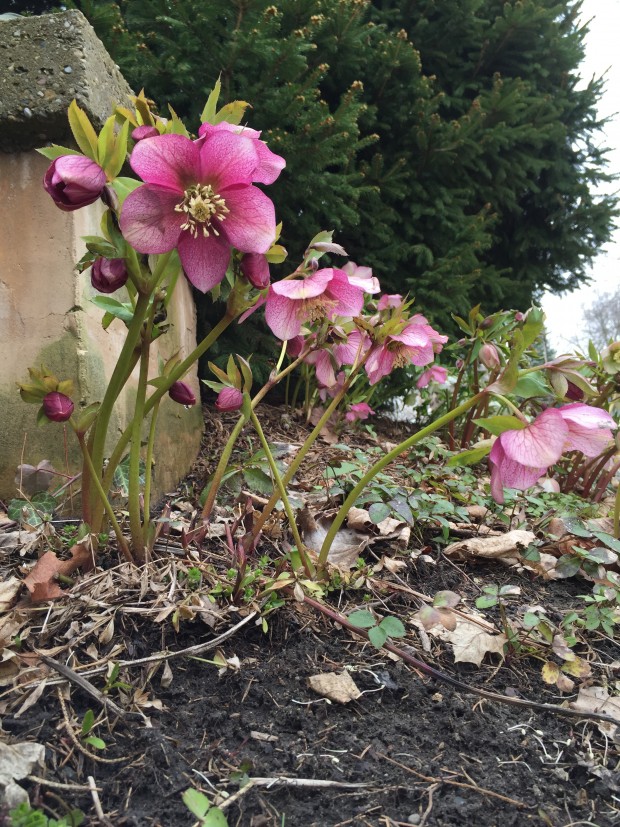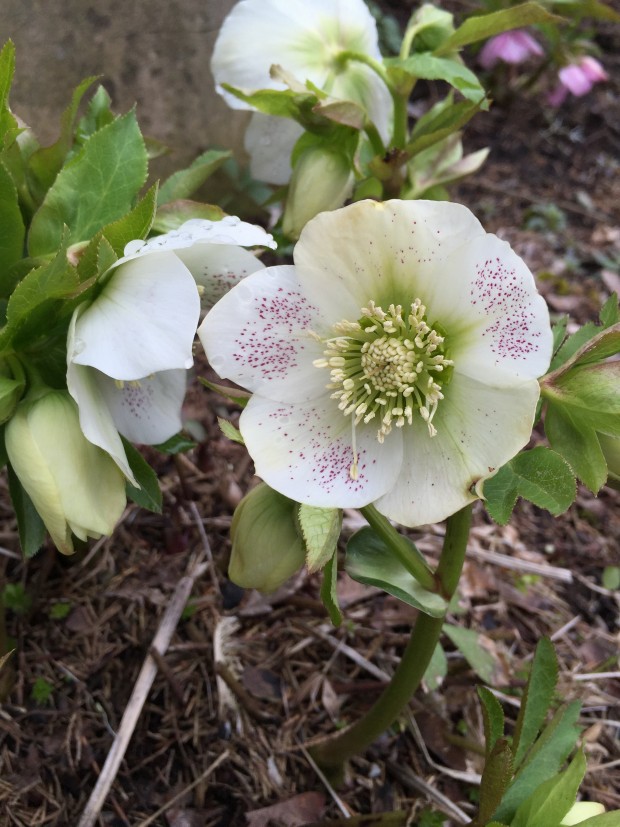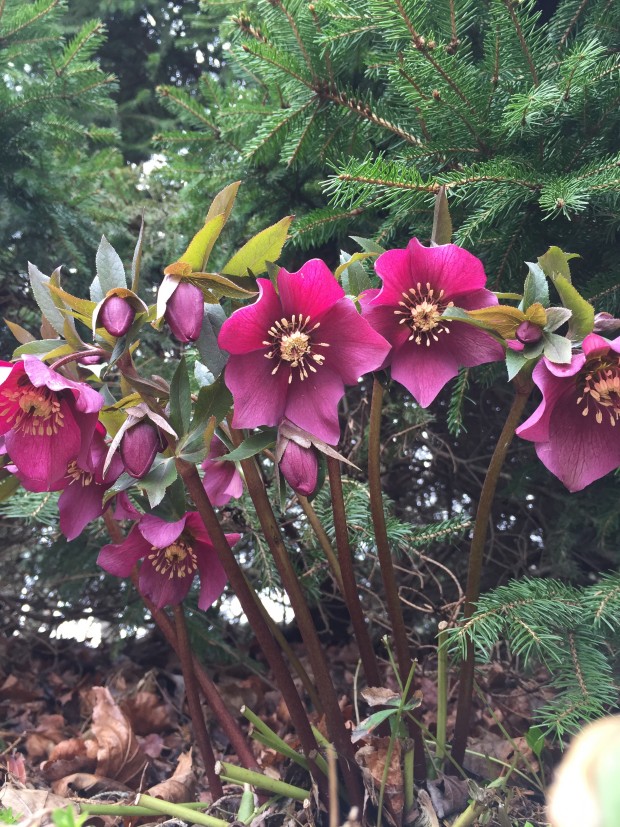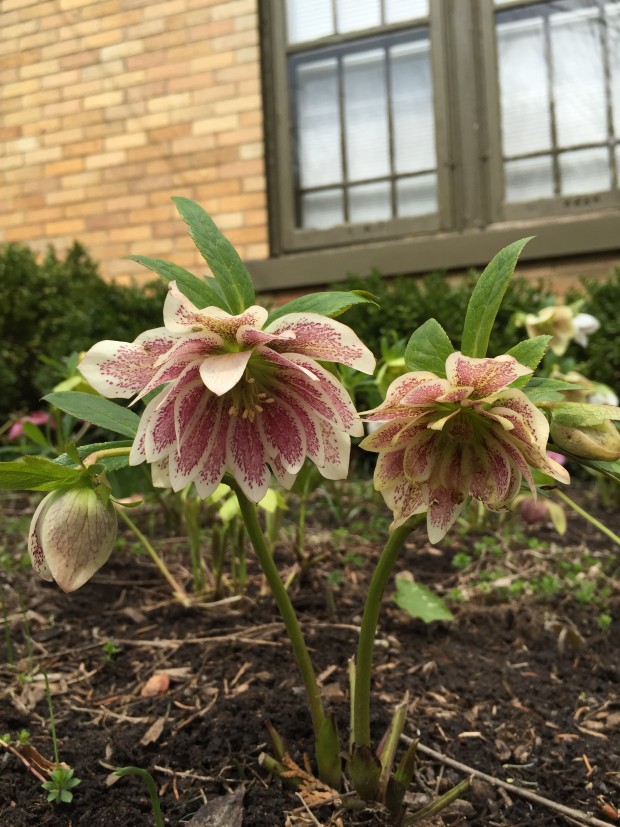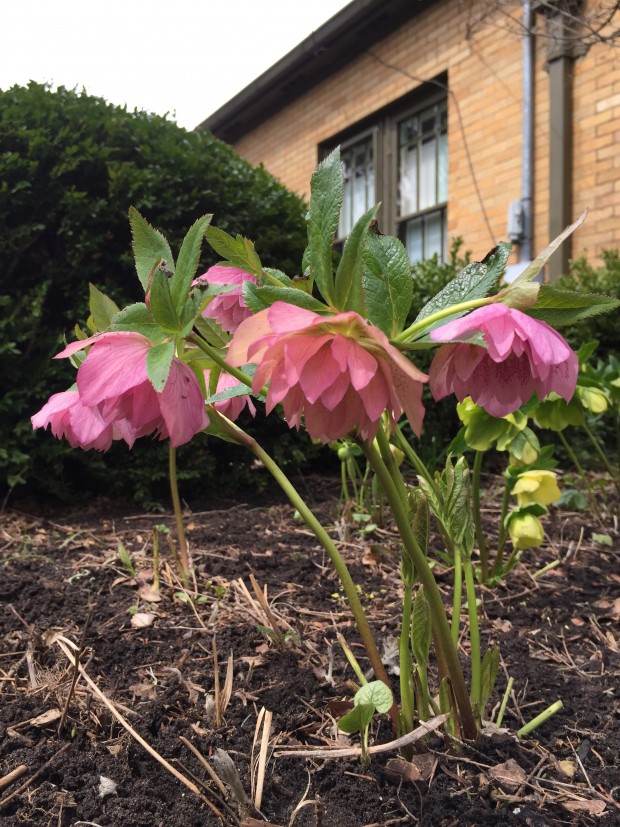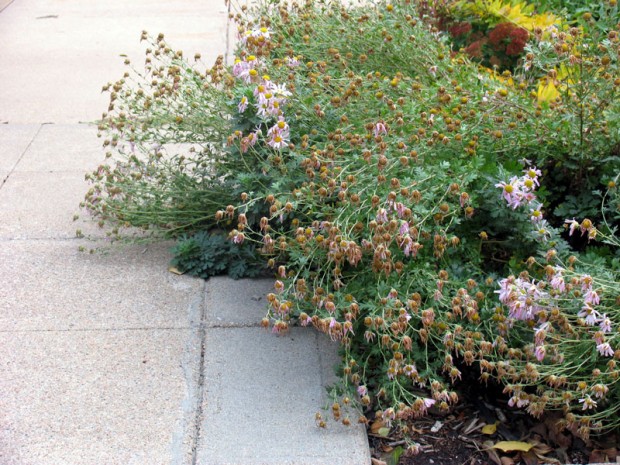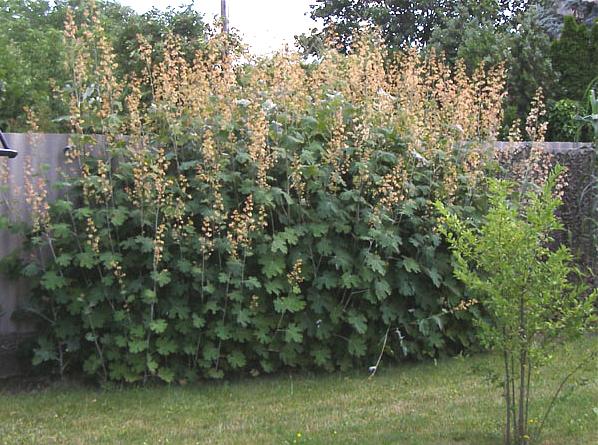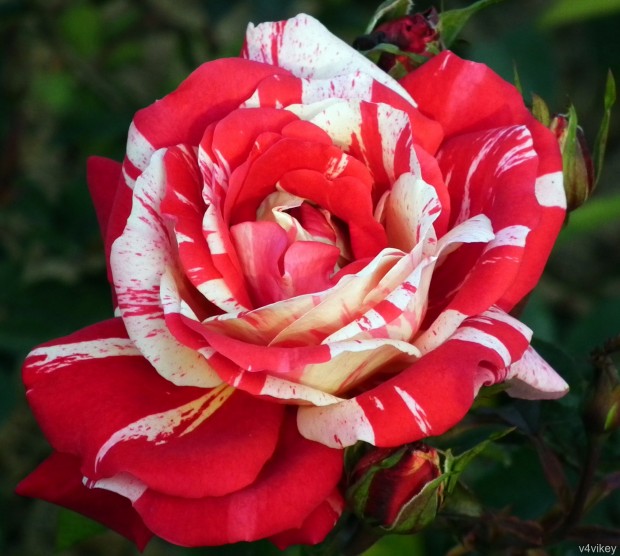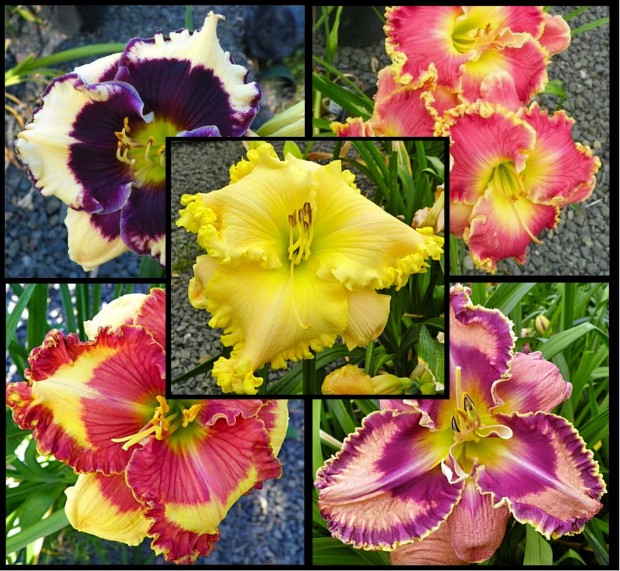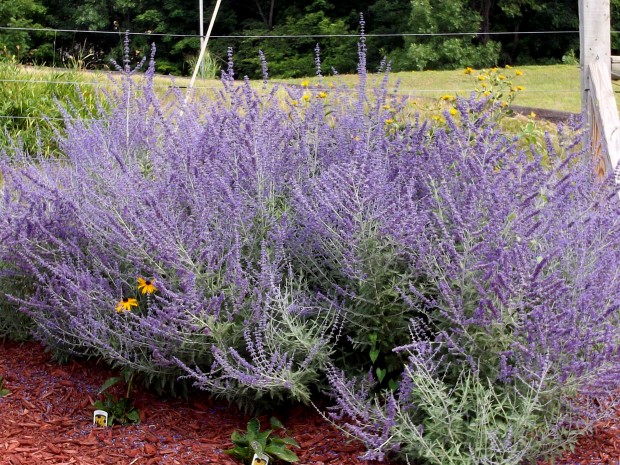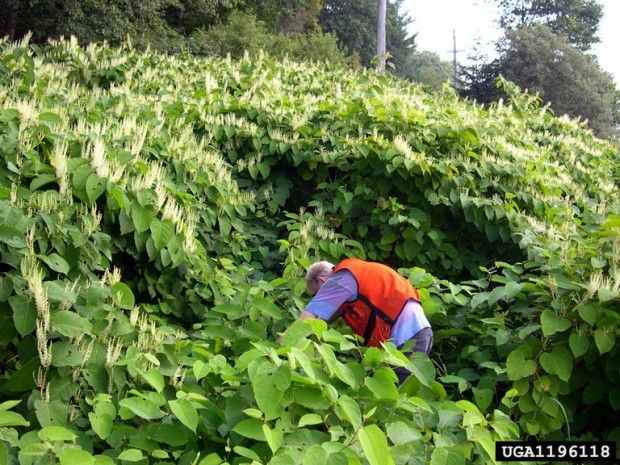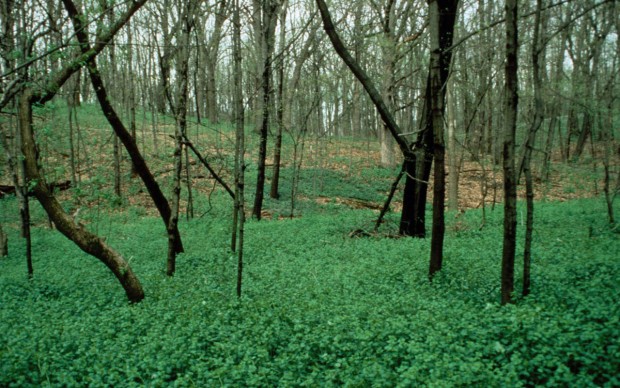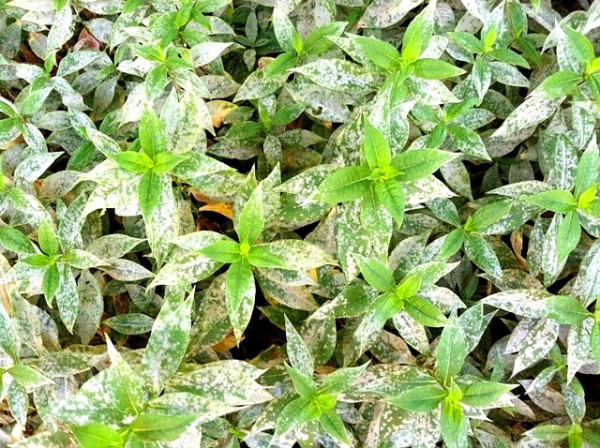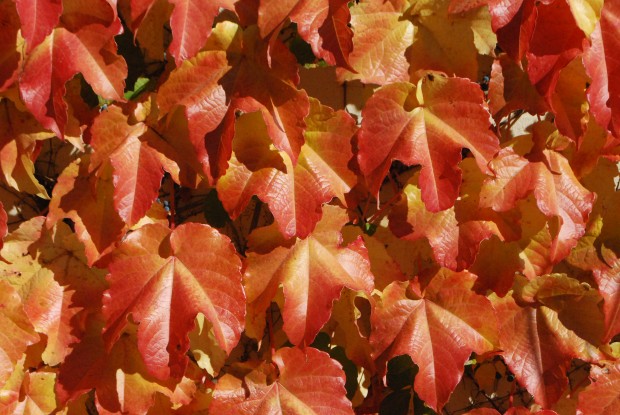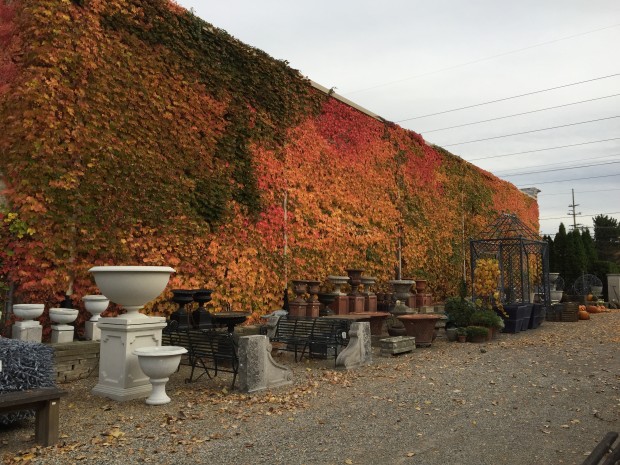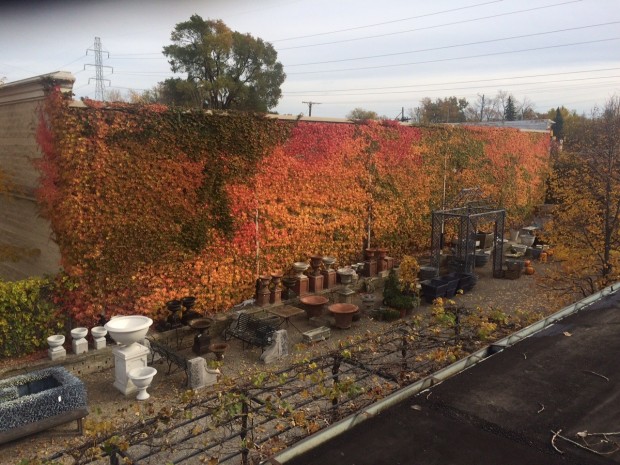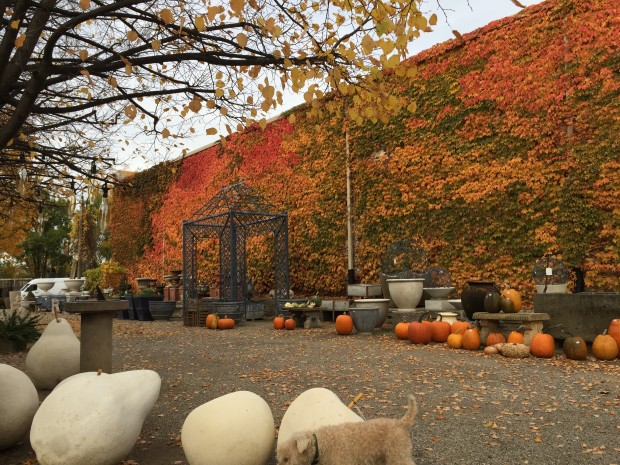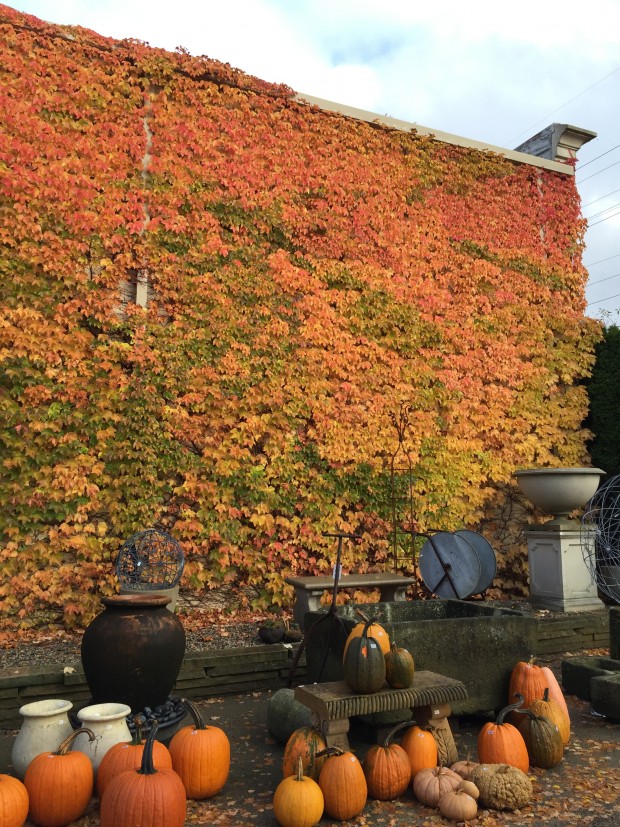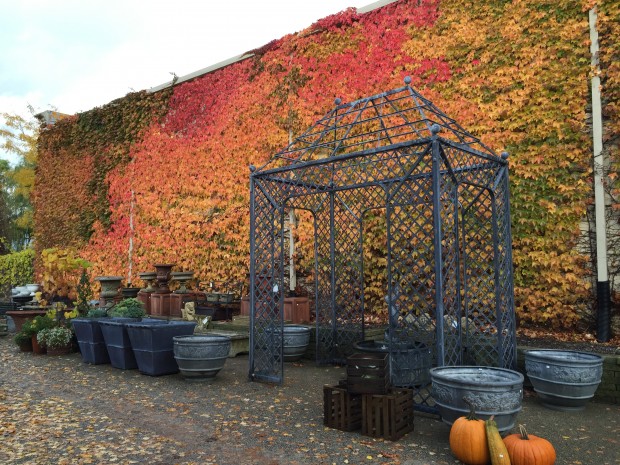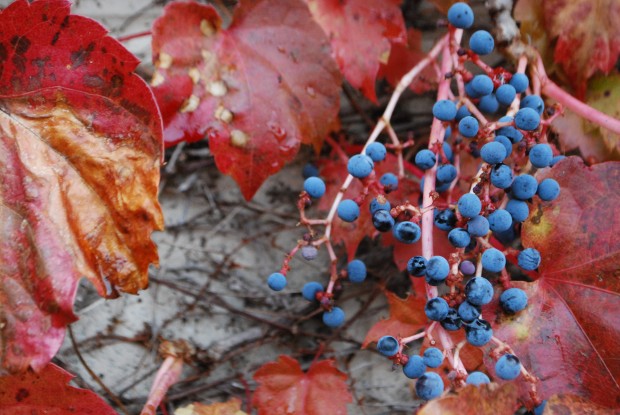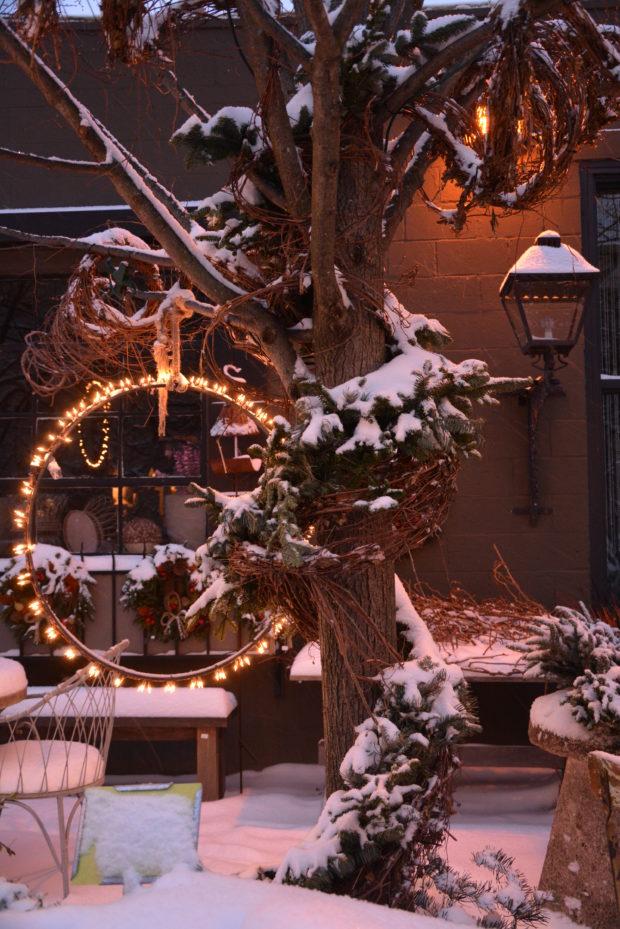 I have had numerous emails and calls about the holiday and winter lighting available at Detroit Garden Works. To follow is a a quick look at some of the different types of lighting that we have available. We do manufacture light rings from steel, as hoops that can be hung in a window, or a tree. We also manufacture light rings with spiked stands that can be pushed into the ground or a container. We string those hoops with incandescent brown corded mini lights, or LED light strings. Take your pick. We can string light rings to order. For more information on the sizes and prices, check out this page in the Seasonal section of the Detroit Garden Works website. Any other questions, or a request for a shipping quote, email heather@detroitgardenworks.com. Detroit Garden Works light rings
I have had numerous emails and calls about the holiday and winter lighting available at Detroit Garden Works. To follow is a a quick look at some of the different types of lighting that we have available. We do manufacture light rings from steel, as hoops that can be hung in a window, or a tree. We also manufacture light rings with spiked stands that can be pushed into the ground or a container. We string those hoops with incandescent brown corded mini lights, or LED light strings. Take your pick. We can string light rings to order. For more information on the sizes and prices, check out this page in the Seasonal section of the Detroit Garden Works website. Any other questions, or a request for a shipping quote, email heather@detroitgardenworks.com. Detroit Garden Works light rings
 A Dutch company designs and manufactures some of the best LED string lighting we have ever worked with. The black cords are flexible, and not visually prominent. The color is as warm as incandescent lighting, and much more reliable and long lived. They are shatterproof, and are reputed to last 50,000 hours or 10 years. They draw very little electricity, so they are very inexpensive to run. They are an investment up front, but the ease of use and longevity helps to make stringing lights for a good number of holiday seasons easy. For more information, see this page on our website: Lumineo LED twinkle light strings
A Dutch company designs and manufactures some of the best LED string lighting we have ever worked with. The black cords are flexible, and not visually prominent. The color is as warm as incandescent lighting, and much more reliable and long lived. They are shatterproof, and are reputed to last 50,000 hours or 10 years. They draw very little electricity, so they are very inexpensive to run. They are an investment up front, but the ease of use and longevity helps to make stringing lights for a good number of holiday seasons easy. For more information, see this page on our website: Lumineo LED twinkle light strings
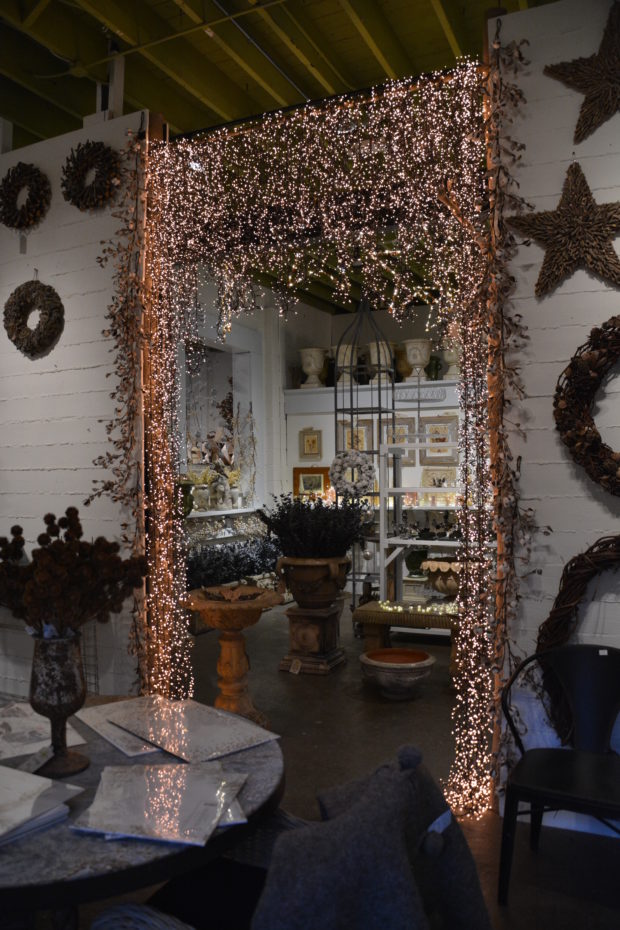 Lumineo also makes a cluster light string, where the lights are much closer together. This lighted curtain has 4 strings of lights. There are those moments when fire power is the primary objective. As far as I am concerned, the more light I can add to my winter, the better. For more information on these cluster lights, click away. Lumineo cluster light strings
Lumineo also makes a cluster light string, where the lights are much closer together. This lighted curtain has 4 strings of lights. There are those moments when fire power is the primary objective. As far as I am concerned, the more light I can add to my winter, the better. For more information on these cluster lights, click away. Lumineo cluster light strings
 This artificial tree from Lumineo features a cord breakthrough-the cords are clear, and are unobtrusive. This tree does not need another thing added to it. A flocked tree from Lumineo
This artificial tree from Lumineo features a cord breakthrough-the cords are clear, and are unobtrusive. This tree does not need another thing added to it. A flocked tree from Lumineo
 On the opposite end of the spectrum, these light strings feature giant bulbs with multi strand filaments, designed and manufactured from inspiration drawn from vintage lighting Rob calls them Edison lights, named after Thomas Edison, of course. The cord is heavy and thick. The lights draw a lot of electricity, and are expensive to replace.
On the opposite end of the spectrum, these light strings feature giant bulbs with multi strand filaments, designed and manufactured from inspiration drawn from vintage lighting Rob calls them Edison lights, named after Thomas Edison, of course. The cord is heavy and thick. The lights draw a lot of electricity, and are expensive to replace.
 This is our second year hanging them outdoors in our lindens. They are something else to see. the Edison lights
This is our second year hanging them outdoors in our lindens. They are something else to see. the Edison lights
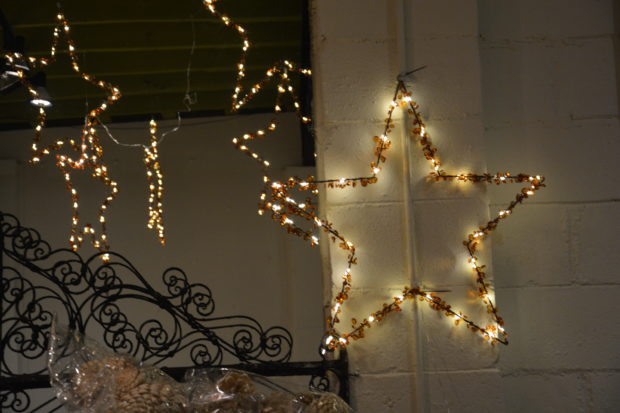 Detroit Garden Works carries many versions of holiday and winter lighting-I like this. I am a landscape designer, who designs by the sun, or the lack of it. The coming winter season is more dark than light. Gardeners can garden with light this winter season. Just saying.
Detroit Garden Works carries many versions of holiday and winter lighting-I like this. I am a landscape designer, who designs by the sun, or the lack of it. The coming winter season is more dark than light. Gardeners can garden with light this winter season. Just saying.
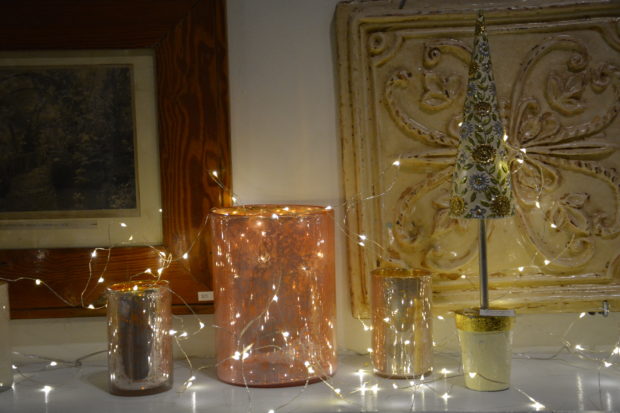 Battery operated LED lights on silver wire; so beautiful! I am not convinced yet that battery operated lights can be used over time outdoors. No battery likes cold conditions. But I feel sure that the day is coming when battery operated lights will stand up and function perfectly outdoors.
Battery operated LED lights on silver wire; so beautiful! I am not convinced yet that battery operated lights can be used over time outdoors. No battery likes cold conditions. But I feel sure that the day is coming when battery operated lights will stand up and function perfectly outdoors.
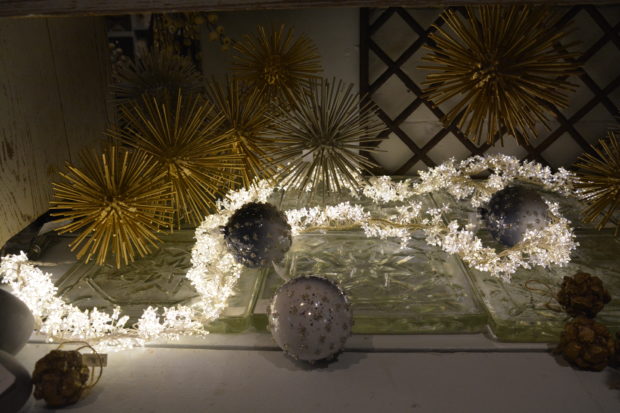 Lumineo star lights-these high powered short garlands are great for a mantle, a coffee table, or a powder room. The light is brilliant, set on a light surface. Set on a dark surface, the light is more subdued. I so appreciate lighting materials that are obliging to a particular situation, and a particular person. The new LED lighting is so person friendly. LED powered star garlands
Lumineo star lights-these high powered short garlands are great for a mantle, a coffee table, or a powder room. The light is brilliant, set on a light surface. Set on a dark surface, the light is more subdued. I so appreciate lighting materials that are obliging to a particular situation, and a particular person. The new LED lighting is so person friendly. LED powered star garlands
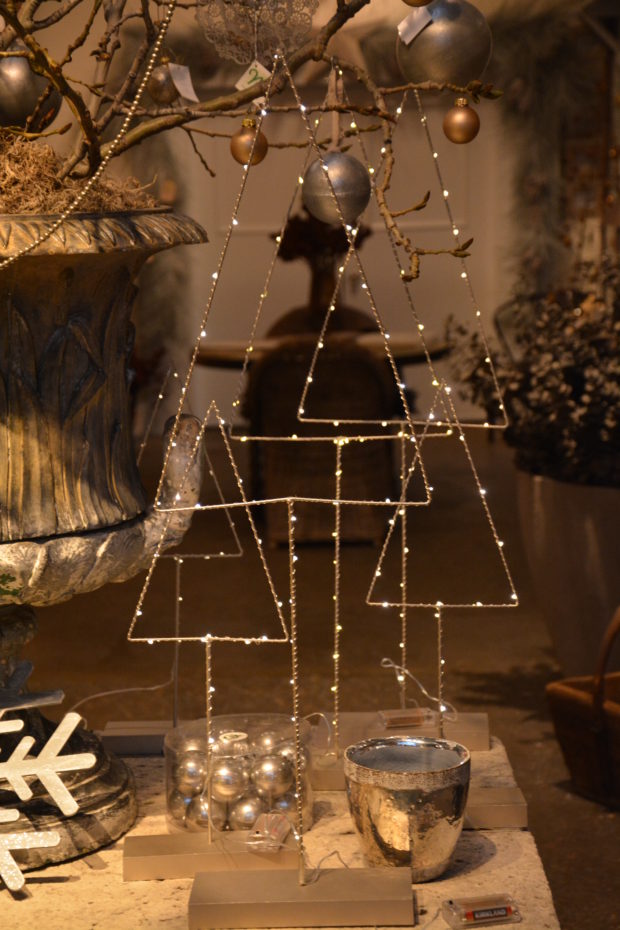 These LED powered trees are battery operated.
These LED powered trees are battery operated.
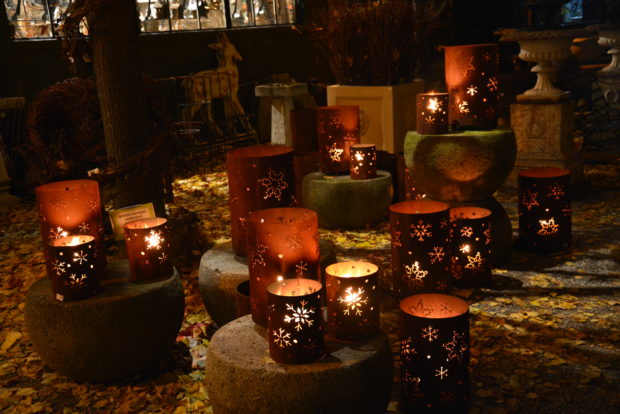 Not a fan of light generated by electricity? I get that. So do our gardening clients. These laser cut steel fire powered luminaria are sold out. There are so many ways to light the winter night, both inside and out. Choose what appeals to you. My winter and holiday container work is in full swing. Thinking through the lighting comes before the selection of materials and construction. You’ll see.
Not a fan of light generated by electricity? I get that. So do our gardening clients. These laser cut steel fire powered luminaria are sold out. There are so many ways to light the winter night, both inside and out. Choose what appeals to you. My winter and holiday container work is in full swing. Thinking through the lighting comes before the selection of materials and construction. You’ll see.
